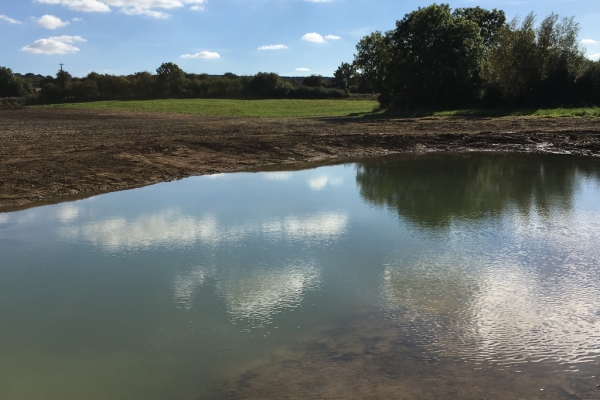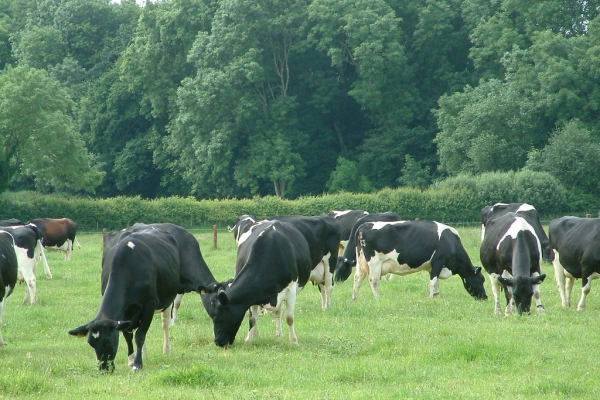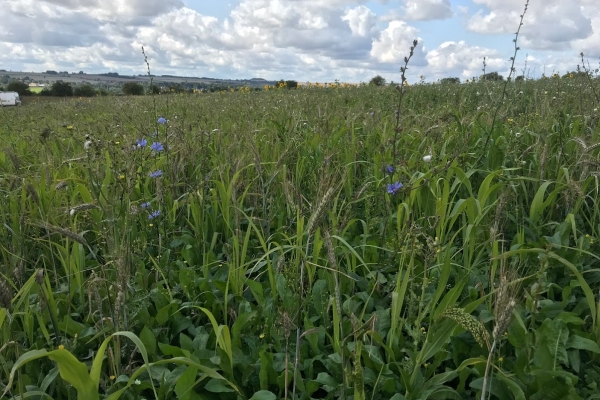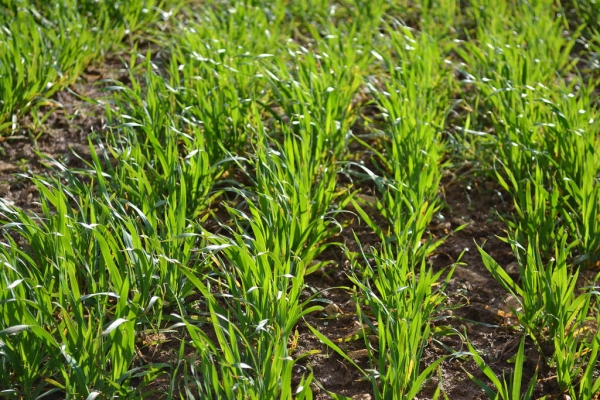Reducing Greenhouse Gas Emissions at Farm Level The Go-To Guide
Practical, easy-to-use guidance to help farmers reduce their greenhouse gas footprint
Resource explained
This guide is for UK farmers, growers and land managers looking to start their journey to reducing Greenhouse Gas (GHG) emissions at farm level. Using ‘swing-o-meters’ to demonstrate the impact on both GHG emissions and potential cost benefit of each action, the guide is a useful resource to access the most suitable actions for your specific enterprise. Produced by the Innovation for Agriculture charity, the guidance in the booklet is independent and without industry bias. It outlines nineteen actions identified as having the greatest potential to reduce GHG emissions – providing useful information for each on practical recommendations to help you implement along with environmental and economic benefits, and includes other useful reference links throughout.
Findings & recommendations
The actions presented in the guide were discussed with a group of farmers from across the UK to ‘sense-check’ the science. Experiences from those already implementing changes on farm have informed the guide to make it as relevant and practical as possible.
The list of actions covered relate to: Cover/catch crops, integrating grass leys and grain legumes in arable rotations, keeping soil pH at optimum level for plant growth, minimum tillage cultivations, precision fertiliser applications and avoiding excess nitrogen, enhanced efficiency fertilisers, manure management, waste management, livestock diets, breeding and health, farm machinery, and reducing on-farm food waste.
It can be concluded that there is no single silver bullet to reduce GHG emissions significantly. A whole farm approach which selects multiple actions suitable to the specific enterprise will have the biggest impact and longevity.





